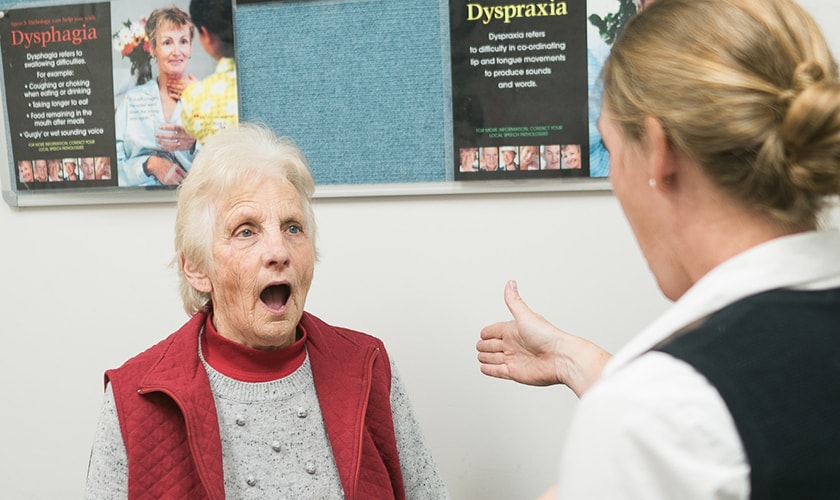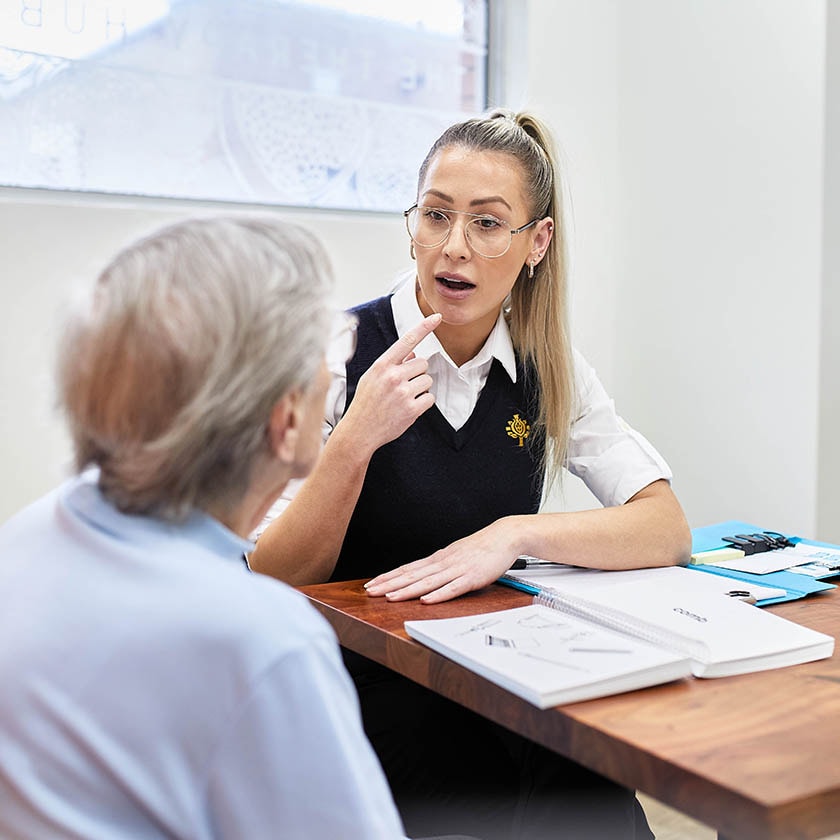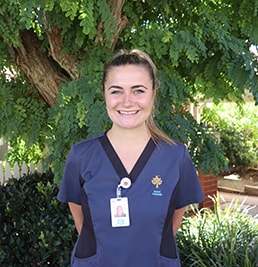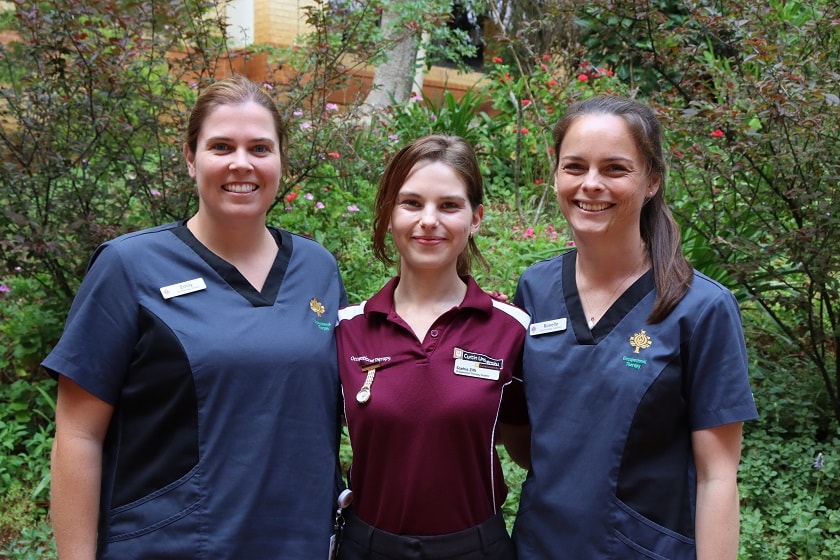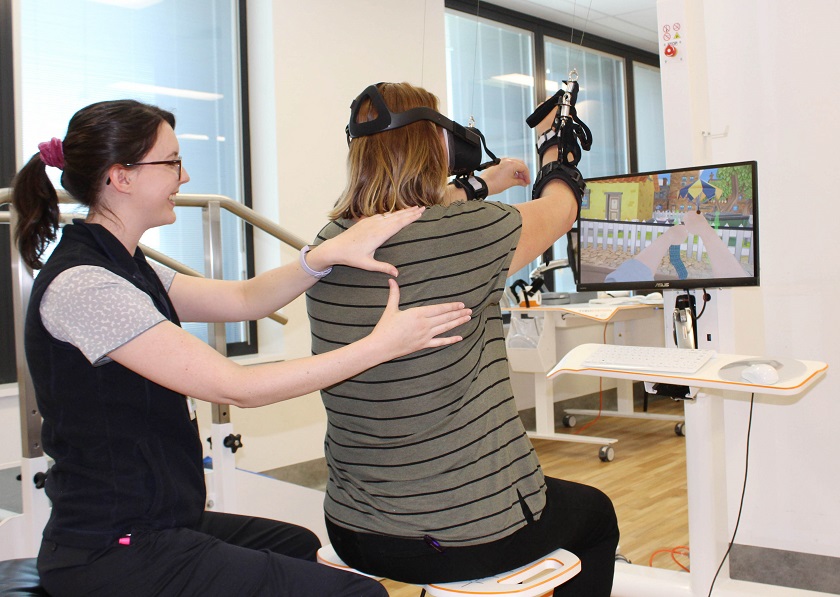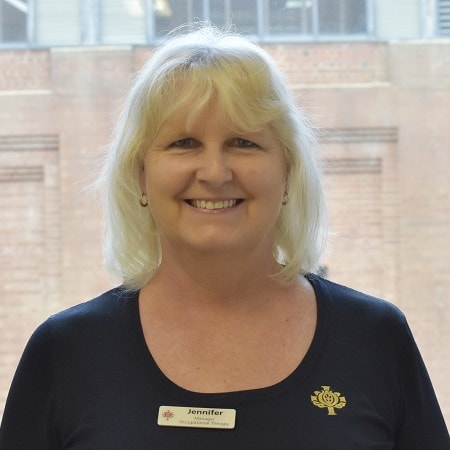Economically the cost of treating Parkinson’s is huge. With a higher prevalence rate than cancer and a financial burden of over $12 billion a year, it’s easy to see why it’s necessary to dedicate a whole month to raising awareness and funds to combat this disease. Calculating these costs is a relatively easy task, but accurately measuring the impact this disease has on its sufferers, their carers, families and friends is an insurmountable one.
The good news is, St John of God Frankston Rehabilitation Hospital is the leading provider of holistic care for Parkinson’s sufferers in this area. “We have an incredible amount of clinicians who specialise in treating this disease,” says Speech Pathologist Jenny Shurdington.
“What differentiates us from other hospitals is ─ we have been doing this for a very long time and we’ve built up a reputation for being the place to go for Parkinson's Disease. A one-stop-shop for the whole suite of Parkinson’s programs.”
Being one of the first, and remaining to be one of very few hospitals in Australia to offer LSVT LOUD and BIG programs by certified clinicians, St John of God Frankston Rehabilitation Hospital combines a multidisciplinary, evidenced-based approach to the treatment of Parkinson’s Disease.
“Not only do we have LSVT LOUD, which is a speech treatment program that improves communication in daily living, we also have the LSVT BIG program which aims to increase mobility and movement needed for everyday functioning,” explains Jenny.
“These programs have been developed and researched for over 25 years and have high success rates for individuals. When combined with the other services we offer, patients are exposed to a host of physical and educational strategies to help manage their symptoms.”
Occupational Therapist Rivka George explains that when a person comes to St John of God Frankston Rehabilitation Hospital for Parkinson’s treatment, patients are given a “check-in” by each multidisciplinary clinician to assess symptoms and formulate a team approach to managing the disease.
"We have a specialist Parkinson’s nurse who sees the patient one-on-one, who understands medication and symptom management and then liaises with all the clinicians involved in their treatment plan,” says Rivka. “That means a patient’s progress might be monitored by a dietician, physician, driving assessor, speech pathologist, occupational therapist, social worker, physiotherapist ─ we even have a neurologist and psychologist on site.”
In addition to the practical and educational strategies, patients also have access to music and art therapy, pastoral care, hydrotherapy, local support group meetings, as well as an array of other inpatient and outpatient programs that aim to help Parkinson's Disease patients manage the independent activities of daily living such as cooking, navigating stairs and falls prevention.
“We aim to not only help you manage your Parkinson’s symptoms,” says Rivka, “but improve your quality of life while helping you to maintain your independence and wellbeing along the way.”
Jenny suggests that what sets St John of God Frankston Rehabilitation Hospital apart from other Parkinson’s treatment centres is the fact that they have a multidisciplinary team on site as opposed facilities that only offer consulting services.
“This approach means that we have everybody here, working together to achieve the individualised multidisciplinary goals of each patient.” Jenny continues, “Having this full team of experts in Parkinson’s available means that not only are we committed to providing the best possible therapy available, we also have specialised clinicians actively engaged in undertaking research to continue to enhance opportunities for delivering best practice service to our patients.”
When someone comes to St John of God Frankston Rehabilitation Hospital for the specialised care it offers, they walk out with a tailored plan and caregivers who are dedicated to helping them live a productive and fulfilling life.
“You might think you are coming to us for the high quality care and expertise you’ll receive to manage your Parkinson’s symptoms ─ and that’s true, you are ─ but what you are also doing is joining a family that will do everything it can to help you live your best life possible, despite your diagnosis.”

